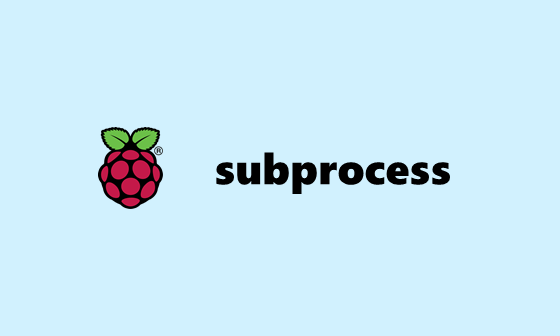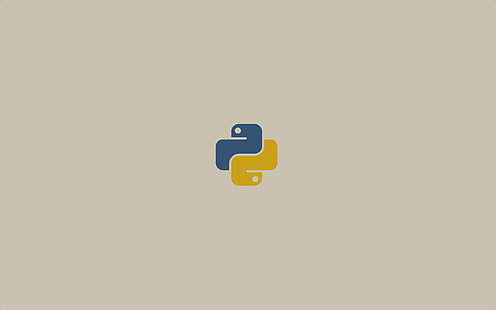
Sensitive-data processing where the task is handed off to a more secure location for processing.Long-running workflows, such as order fulfillment, or provisioning services and systems.Batch jobs, such as nightly data updates or scheduled processing.I/O-intensive jobs, such as executing a series of storage transactions or indexing files.CPU-intensive jobs, such as mathematical calculations or structural model analysis.Types of background jobsīackground jobs typically include one or more of the following types of jobs: Tasks that require the user or the UI to wait while they are completed might not be appropriate as background jobs. When you consider whether to implement a task as a background job, the main criteria is whether the task can run without user interaction and without the UI needing to wait for the job to be completed. When the background job is complete, it can update the stored orders data and send an email to the user that confirms the order. In the same way, a user placing an order can initiate a background workflow that processes the order, while the UI allows the user to continue browsing the web app. This can help to minimize the load on the application UI, which can improve availability and reduce interactive response times.įor example, if an application is required to generate thumbnails of images that are uploaded by users, it can do this as a background job and save the thumbnail to storage when it is complete-without the user needing to wait for the process to be completed.


Background jobs can be executed without requiring user interaction-the application can start the job and then continue to process interactive requests from users.

Examples include batch jobs, intensive processing tasks, and long-running processes such as workflows.

Many types of applications require background tasks that run independently of the user interface (UI).


 0 kommentar(er)
0 kommentar(er)
